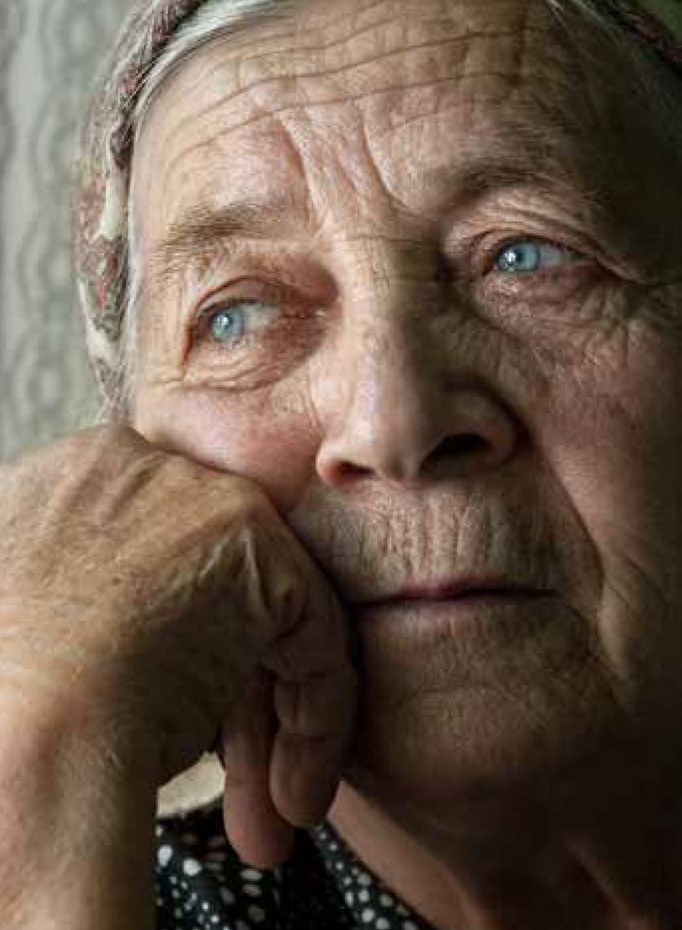The Poverty Reduction Strategy for the lower Sunshine Coast only took six months to complete, but in that time the waitlist of seniors applying for affordable housing increased from 200 to more than 300. There were only 150 units available.
This is only one statistic that speaks to the “dramatic changes” the lower Sunshine Coast is facing, Betty Baxter, one of the consultants for the project, said.
On July 8, the Sunshine Coast Resource Centre published a 44-page report on its findings. Almost one out of every five people on the Lower Sunshine Coast struggles to meet their basic needs, according to the project, which launched in the fall of 2020. The District of Sechelt received funding for the project from the Union of BC Municipalities.
Baxter said the centre was careful not to conduct another survey of the situation, but rather research current services and find the gaps between them. She said it was a “shock” to find out the Sunshine Coast wasn’t alone in the issues it faced, especially the lack of a coordinated plan. There are more than 28 other B.C. communities that have done poverty reduction strategies, with another dozen or so in the works, Baxter said.
What is unique to the lower coast is a 2012 project called “We Envision” that outlined what the Sunshine Coast needed for more young families to move to and stay on the Coast, including affordable housing, child care and transportation systems – issues now reflected in the new report. Then a 2019 child care action plan was not implemented.
“Eighteen months later, it’s a crisis,” Baxter said, calling it a missed opportunity to get ahead of the game. “We’ve known this, but we have never taken ownership and created the means to act on it together.”
Of the eight recommendations, Baxter highlighted the first four, which focus on collaboration. They include creating a social planning council – an idea that received the support of a dozen locally operating organizations. The council would help develop stronger connections between services, improve referrals to available resources and identify gaps in services.
Second, the strategy supports a housing planning table. Third is a call to implement the Sunshine Coast Child Care Action Plan.
The recommendations also call for implementing a communications strategy to increase awareness of poverty and build support for action.
In its conclusion, the framework report states: “without more coordinated strategic interventions, the crises described here will continue to escalate, further eroding the quality of life in Lower Sunshine Coast communities.”
Baxter recognizes that some may be skeptical about introducing more committees, but says the provincial government is insisting local levels have a plan and delivery mechanisms. It’s important to get the logistics and infrastructure ready, and provide a clear message in order to receive funding, she said.
While Baxter said the local services have done a tremendous job, there is no central agency or priority system, which causes confusion.
Next, Baxter hopes the awareness built over three public forums in March and April will support the project. She hopes the social planning council will begin this fall. The Sunshine Coast Foundation is also working on a living wage study to be released in the fall, and the emergency housing committee started by local government and agencies is continuing its work through the summer.
“Those things are happening as we speak.”



